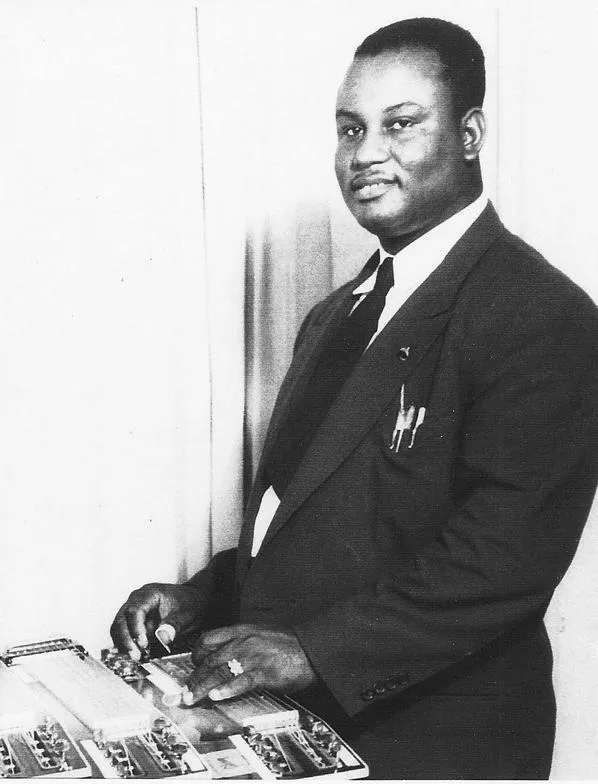Lorenzo Leonardo Harrison
(1925-1986)
Bishop Lorenzo L. Harrison: Sacred Steel Virtuoso and Musical Visionary
Early Life and Musical Journey
Born on February 11, 1925, in Ocala, Florida, to Frank and Henrieta Harrison, Bishop Lorenzo L. Harrison became one of the greatest steel guitarists to ever grace the music world. As Chief Musician of the Jewell Dominion Church, he served in this esteemed role for over four decades, shaping the evolution of sacred steel music and solidifying its place in church worship traditions.
Sacred Steel Innovations and Influence
From a young age, Harrison aspired to use his talent in service to the Lord, traveling alongside Overseer Bishop M.L. Jewell. He was deeply influenced by legendary musicians such as Willie Eason, Henry Nelson, and Fred Neal, and his sacred steel guitar, affectionately known as "Lorenzo’s Harp," became a defining force in gospel music. With surgical precision, he pushed the boundaries of the instrument’s capabilities, introducing new techniques and playing styles.
The Morley Wah Pedal
By incorporating the Morley Wah Pedal, Harrison pioneered a sound and musical style never before heard in churches, fundamentally changing perceptions of the steel guitar. His performances drew audiences from far and wide, eager to witness his extraordinary musicianship.
Recording Career and Lasting Legacy
Harrison’s artistic reach extended beyond live performances—he recorded with the Jewell Gospel Trio on the Nashboro Record label, showcasing his talents on both the bass fiddle and steel guitar. In recognition of his remarkable contributions, he was inducted into the Sacred Steel Hall of Fame in 2010, securing his place among the most influential figures in sacred steel history. His passing on December 26, 1986, in Indianapolis, Indiana, marked the loss of a true musical visionary, yet his legacy endures, inspiring generations of musicians within the sacred steel tradition.

FAQS
What is Sacred Steel?
Sacred Steel is an African-American gospel tradition that features the steel guitar in religious services. It originated in Pentecostal churches in the 1930s
Where did Sacred Steel originate?
It developed in the Church of the Living God, particularly in the Keith and Jewell Dominions.
How did Sacred Steel gain popularity?
Sacred Steel gained wider recognition through performances by artists like Robert Randolph, Calvin Cooke, Aubrey Ghent and the Campbell Brothers, who brought the genre to international fame.
God Bless Sacred Steel!

